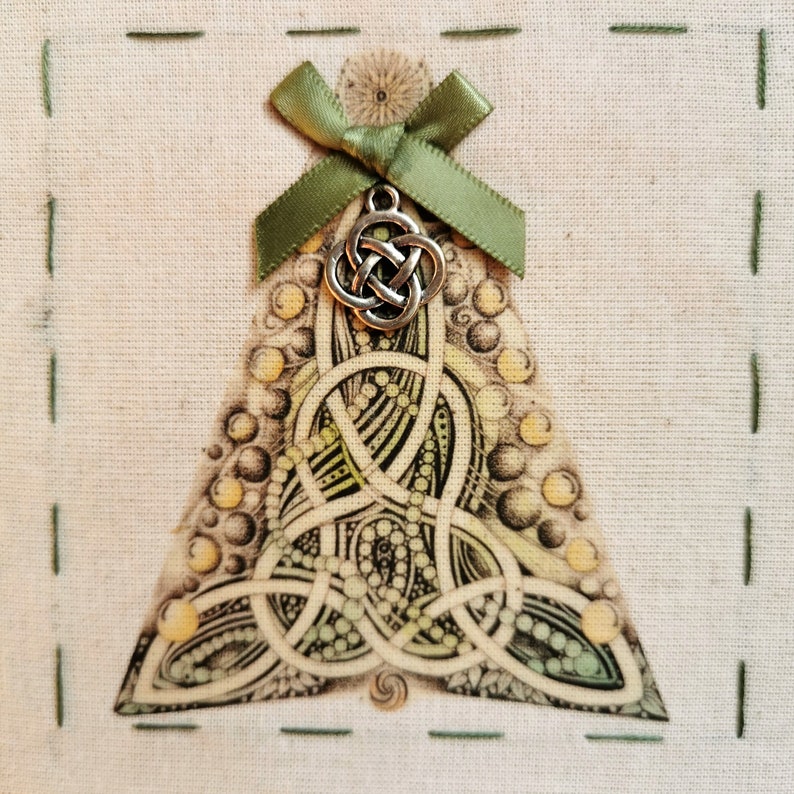

Yet, the origins of the Brumalia are far from clear. Surviving accounts from the cellars of a large estate in Egypt also detail the wine distributions to officials and servants for the Brumalia of the master, Apion, which fell on the first day of the festival.

A speech by the orator Choricius of Gaza praises the festivities laid on by the emperor Justinian (527–565), remarking that the emperor and his wife, Theodora, celebrated the Brumalia on adjacent days, since the letter iota (ι) – for Justinian – directly follows theta (θ) – for Theodora – in the Greek alphabet.


We also have other evidence for the popularity of the Brumalia during the sixth century. A retired public official called John the Lydian explained that it had its origins in earlier pagan rites from this time of year, including Saturnalia. We cannot be sure exactly when it began to be celebrated, but one of our best accounts of it comes from the sixth century AD. This is particularly evident in the case of a rather obscure Roman festival called the Brumalia, which started on November 24 and lasted for 24 days. But questions about the “religious identity” of public celebrations are, in fact, nothing new and were being asked in the later periods of the Roman empire as well. Such speculation has inevitably led to claims that this traditionally Christian festival is little more than a rebranding of earlier pagan activities. Some people have also associated it with the supposed birthday of the god Sol Invictus, the “unconquered sun”, since a fourth-century calendar describes both this and Christ’s birth as taking place on December 25. Links have often been drawn to the winter solstice and the Roman festival of Saturnalia. The actual reasons for celebrating Christmas at this particular time in the year have long been debated. It is, he imagines, as if they are saying: “Well done, everyone! We’re halfway out of the dark!” In particular, the historical western European Christmas custom of electing a " Lord of Misrule" may have its roots in Saturnalia celebrations.In the Doctor Who Christmas Special from 2010, Michael Gambon’s Scrooge-like character remarks that across different cultures and worlds people come together to mark the midpoint of winter. Saturnalia may have influenced some of the customs associated with later celebrations in western Europe occurring in midwinter, particularly traditions associated with Christmas, the Feast of the Holy Innocents, and Epiphany. The Neoplatonist philosopher Porphyry interpreted the freedom associated with Saturnalia as symbolizing the "freeing of souls into immortality". It held theological importance for some Romans, who saw it as a restoration of the ancient Golden Age, when the world was ruled by Saturn. Saturnalia was the Roman equivalent to the earlier Greek holiday of Kronia, which was celebrated during the Attic month of Hekatombaion in late midsummer. Public sacrifice and banquet for the god Saturn universal wearing of the Pileus Saturnalia (1783) by Antoine Callet, showing his interpretation of what the Saturnalia might have looked likeįeasting, role reversals, gift-giving, gambling


 0 kommentar(er)
0 kommentar(er)
